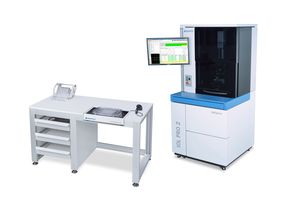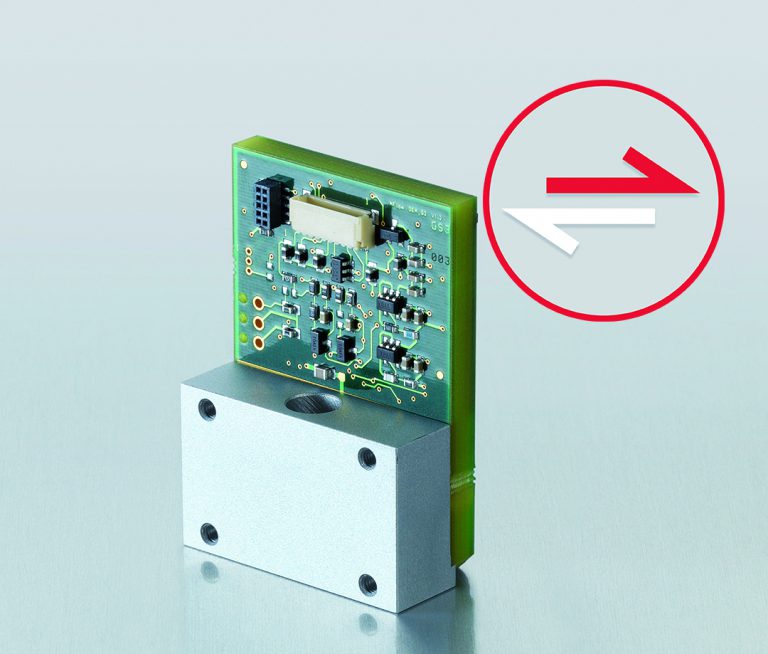Esco Optics: Precision flat substrates
May, 2021: In the world of Plano-optics, flatness is the ultimate goal. Precision optics are expected to manipulate light down to the nanometer. The surface accuracy of windows and mirrors is extremely critical to the performance of an optical system. For any laser application where you are transmitting light (window) or reflecting light (mirror), the smallest imperfection can scatter light in unintended directions causing distortion or degradation of the overall signal or image quality. When observing a glass object with the naked eye, you may perceive a smooth surface; however, on a microscopic level, there are tiny peaks and valleys. Eliminating those imperfections is an optical manufacturer's challenge, and using the proper techniques, those micro-abrasions can be reduced to a more uniform surface.
At Esco, we use traditional pitch polishing methods to achieve excellent flatness from λ/4, λ/10 and λ/20. Pitch polishing is a process where one side is polished with a super-fine pad under a cerium solution. The flatness of an optical flat is measured in fractions of a reference wavelength, 632.8nm. A λ/20 flat will have a maximum peak to valley deviation of 632.8/20 or 31.64nm. We offer several levels of flatness for our catalog single and dual surface flats including λ/4 and λ/10 as well as custom options up to λ/20.
A key piece to remember when specifying a λ/20 part is the overall longest diagonal measurement in relation to its thickness is referred to as aspect ratio. An optic that surpasses a ratio of 5:1 begins to have difficulty providing enough stability to consistently hold the precision of its surface form. This is also referred to as a potato chip effect.
How to discern RMS and Peak to valley flatness (P-V)?
Peak to valley is an absolute value. For example, if an optic is defined as being 1 wave flat, there can be no more than 1 wave difference between the highest and lowest point on the optical surface. The second method is to specify the flatness as 1 wave RMS (root mean squared) or average. In this interpretation, an optical surface defined as 1 wave RMS flat may have peaks and valleys that are more than 1 wave, however, when examining the full surface, the overall average range of flatness must fall within 1 wave. As a general rule, an RMS value is 1/5 as stringent as PV flatness when compared side by side, i.e. 1/10 wave flat P-V is equivalent to approximately 1/2 wave RMS.
In laser applications, the physical specifications of the optic are crucial to ensuring the intended results. Another factor to consider is the material selection, the most common being fused silica, fused quartz, and low expansion materials like Clearceram-Z® and Zerodur.® Our sales engineers can assist you in navigating the complexity of precision glass components for both catalog and custom manufactured configurations.
More information here.




